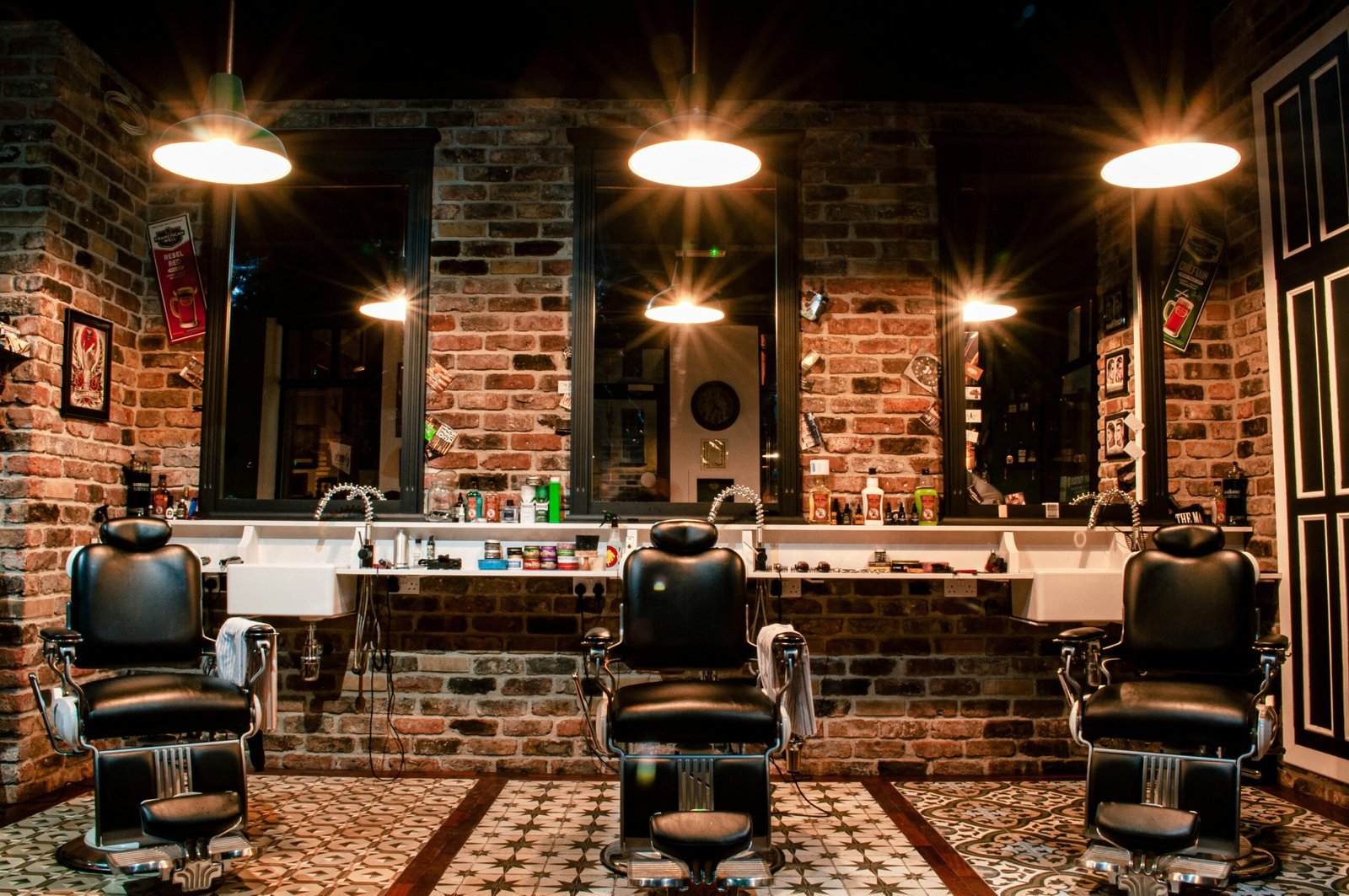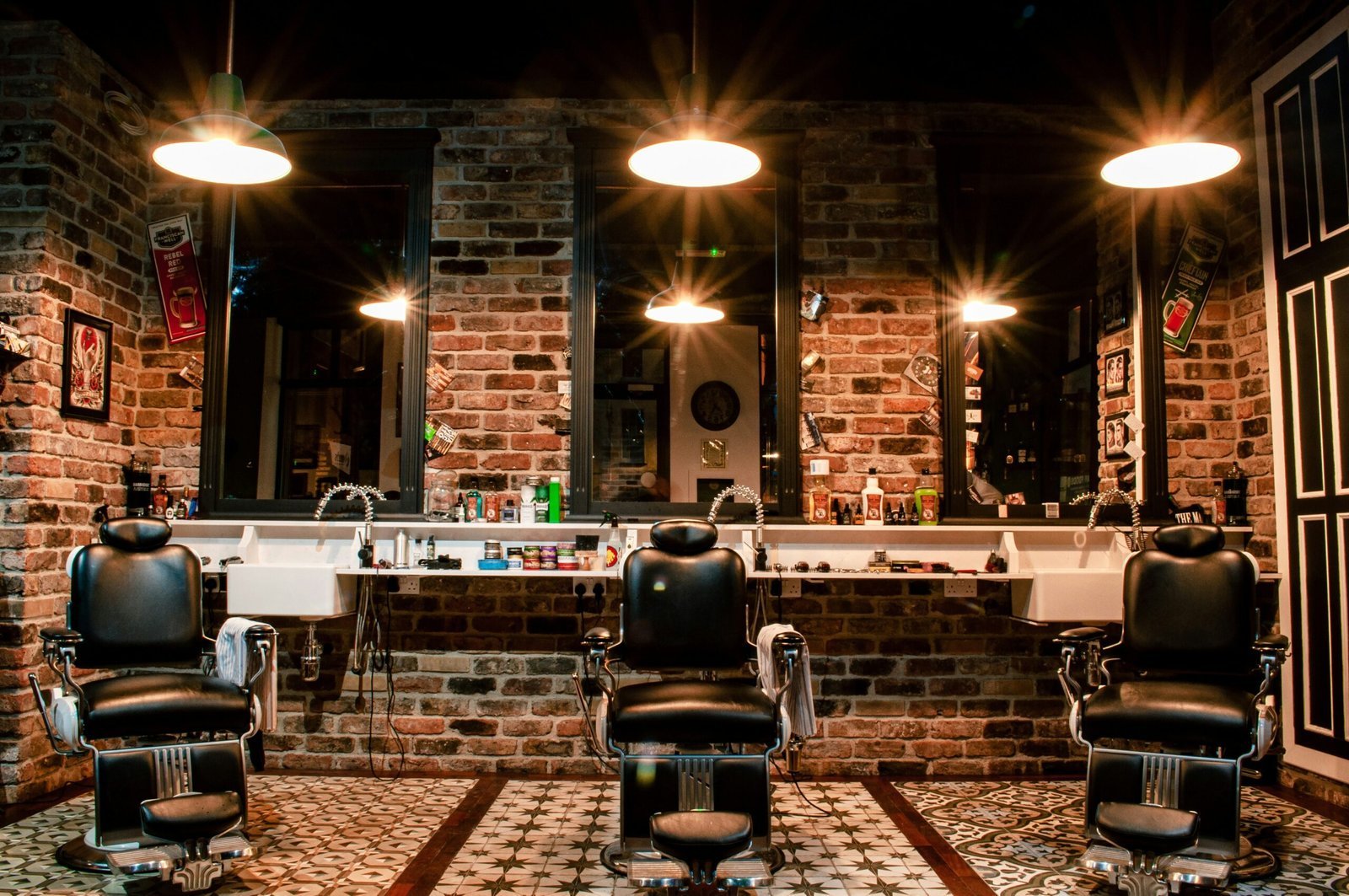

If you make a purchase from our site, we may earn a small commission at no additional charge to you. Thank you for your support!
A Historical Overview of Barber Shop Chair
The evolution of barber shop chairs can be traced back to ancient civilizations. Basic seating arrangements served the purpose of providing comfort to clients receiving grooming services. In early European barber shops, from the 17th to the 19th centuries, simple wooden stools or benches were commonly utilized. These rudimentary chairs lacked the design complexity and functionality that characterize modern barber equipment.
During the Victorian era, barber shop chairs began to undergo significant transformations. Craftsmen began to infuse intricate designs into the frames. They incorporated high-quality materials such as hardwood, cast iron, and leather. These vintage barber chairs often featured decorative motifs and were more ornate, reflecting the era’s emphasis on elegance and sophistication. They allowed for both elevation and reclining, demonstrating an early understanding of user comfort and practicality.
Advancements in technology during the 20th century paved the way for further innovation in barber shop chairs. The introduction of hydraulic lift systems revolutionized how barbers operated, enabling them to easily adjust the height of their chairs to suit clients of various sizes. This mid-century modern design made barber shop chairs not only more functional but also more aesthetically appealing, focusing on clean lines and minimalist aesthetics aligned with contemporary design trends.
As societal changes progressed through the decades, so did the designs of barber equipment. The rise of unisex salons led to the introduction of more versatile and inclusive designs, ensuring that barber shop chairs accommodated a diverse clientele. Today, a variety of styles, such as retro and antique barber chairs, can be found in shops. this showcases the rich history and evolution of this essential piece of barbering furniture. Each era’s designs serve not only the practical needs of barbers but also reflect the prevailing cultural and social trends of the time.
Key Features of Barber Shop Chairs Through the Decades
Barber shop chairs have undergone significant transformations throughout the decades, reflecting changes in design, technology, and user needs. One of the defining characteristics of modern barber chairs is their adjustability. Contemporary designs typically feature various height adjustments that cater to both barber and client preferences, enabling a customized experience. The hydraulic mechanism found in most modern barber chairs allows for smooth elevation and lowering. This promotes convenience and flexibility during haircuts and shaves.
Comfort has always been a critical consideration in the design of barber shop chairs. Vintage barber chairs often prioritized aesthetics, showcasing intricate details and luxurious upholstery. They sometimes fell short in ergonomic support. In contrast, modern barber equipment emphasizes not only style but also comfort. Often incorporating padded seats, backrests, and armrests that conform to the body’s natural posture. This evolution showcases a commitment to the overall experience for both the barber and the client.
The introduction of reclining capabilities is another noteworthy advancement in barber chair design. While antique barber chairs typically featured fixed seats, contemporary designs allow clients to recline. This facilitates grooming tasks such as shaving and styling. This functionality not only enhances comfort but also improves accessibility for a wider range of customers, including those with mobility challenges.
Materials used in barber shop chairs have evolved as well. With modern options including durable synthetic fabrics that are easy to clean and maintain, in stark contrast to older, more delicate materials. The use of metals and high-strength composites has contributed to the longevity and reliability of these chairs. This will ensure they withstand the rigors of daily use in busy barber shops.
In conclusion, the evolution of barber chairs from antique models to contemporary designs highlights significant advancements. Advancements in adjustability, comfort, hydraulic mechanisms, and material choices. These improvements have not only enhanced functionality but have also ensured that barber shop chairs remain an essential component of the grooming experience, catering to the needs of both barbers and their clients.
Design Aspects: From Aesthetics to Comfort
The design of barber chairs extends far beyond mere functionality; it is crucial to the overall ambiance of a barbershop. A well-chosen barber chair can significantly enhance the aesthetics of the space, showcasing both style and sophistication. From vintage barber chairs that evoke nostalgia to modern retro barber chairs featuring sleek lines, the choices available reflect not just fashion trends but also the shop’s identity. Color schemes, upholstery options, and the presence of distinctive elements like chrome finishes play pivotal roles in establishing a unique atmosphere.
Barber shop chairs have evolved in their aesthetic appeal. Many contemporary designs taking cues from classic appearances while integrating modern materials and technology. For example, antique barber chairs often featured intricate carvings and leather upholstery, which conveyed a sense of luxury and elegance. Today, while many barbershops still favor these vintage styles, there is a growing trend towards minimalist designs that prioritize clean lines and functionality alongside a stylish appearance.
Equally important to appearance is the comfort level afforded by a barber chair. Clients spend considerable time in these seats. Whether for haircuts or shaves, making ergonomic design a vital aspect for consideration. Designers often innovate to create barber shop chairs that offer optimal support and comfort through adjustable features, quality cushioning, and accessible height settings. Such advancements ensure a better experience for clients, promoting relaxation and satisfaction during their visit. Striking the right balance between style and comfort not only enhances the client’s experience but also reflects the barber’s professionalism and care.
In summary, the interplay of aesthetics and comfort in barber chair design is essential. As the industry continues to evolve, the incorporation of both classic elements and modern features will persist in shaping the barbering experience. This will make it paramount for any barbershop looking to attract and retain clientele.
The Future of Barber Shop Chairs: Trends and Innovations
As the barbering industry continues to evolve, so too does the design and functionality of barber shop chairs. A notable trend is the increasing emphasis on eco-friendly materials. This shift is a response to growing consumer awareness and preference for sustainable practices. Manufacturers are now exploring options such as recycled materials and sustainably sourced woods to create barber shop chairs that are not only stylish but also environmentally responsible. The adoption of such materials reflects a commitment to reducing the carbon footprint of barber equipment.
Another exciting development in barber shop chairs is the integration of smart technology. Contemporary designs now feature built-in heating and massage functionalities, which enhance customer comfort during their grooming experience. Additionally, some barber chairs are equipped with electric height adjustment mechanisms, allowing barbers to customize the chair’s position quickly and efficiently to suit different clients. This technological advancement not only enhances usability but also optimizes workflow in bustling barber shops.
Customizable features are also gaining traction among consumers. Modern barber chairs often provide a range of upholstery options, color choices, and styles, including vintage barber chair designs that appeal to those who appreciate a retro aesthetic. This trend toward personalization allows barbershops to reflect their unique brand identity, making each shop more distinctive. According to industry experts, as trends evolve, flexibility and personalization will become essential characteristics of next-generation barber chairs.
In conclusion, the future of barber shop chairs is poised to reflect the changing dynamics of customer expectations and current market trends. From eco-friendly materials to advanced technology and customizable designs, the next generation of these vital pieces of barber equipment will significantly enhance both functionality and aesthetic appeal, adapting seamlessly to the evolving landscape of the barbering industry.
If you are in need of new barber shop chairs click here for great pricing!
Like this content? Please see: Barber Chairs: Modern Designs That Are Trending Now
